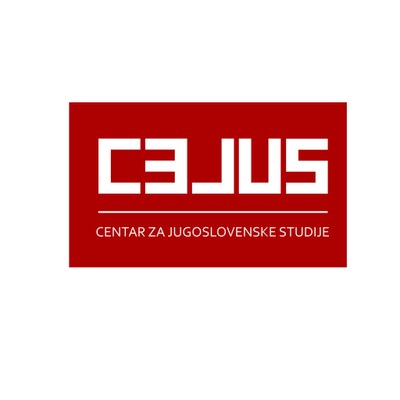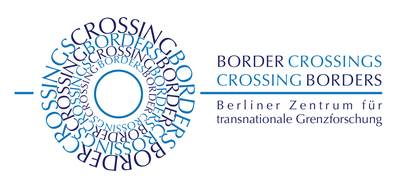Working group: Yugoslavia – Imaginations and practices of b/ordering
The disintegration of Yugoslavia, accompanied by the emergence of new borders, is paradigmatically highlighting the relevance of borders in processes of societal change, crisis and conflict. This is even more the case, if we consider the violent practices that evolved out of populist discourse of ethnically homogenous bounded space in this process that happened at the beginning of the 1990ies.
In the present, the societal and geographical space of former Yugoslavia is characterized by a multitude of different delineations, which manifest in a concentrated way all crucial issues which are relevant today throughout Europe and beyond. The former joint political and societal space is now cut by borders between EU members (Slovenia and Croatia), by EU external borders with a particular border regime (as for example between Croatia on the one, and Bosnia and Serbia on the other hand), borders which were the effect of wars for ethnically homogenous territories (the so called Inter-Entity Boundary Lines in Bosnia and Hercegovina), or contested boundary lines concerning Kosovo.


The working group is examining such processes of bordering in a historical perspective, since the emergence of the concept of nation-states in the Balkans in the 19th century. Equally important in a longue durée perspective are the interactions between the new states and the local societies which were affected by the new dividing lines, which in most cases separated spaces in a manner, never experienced before. A diachronic comparison can contribute to a better understanding of the various different temporal dynamics as well as the diverse constellations and the question to which extent such changes left an impact on local societies.
Important turning points are: 1878, the initiation of new states. 1918: the realization of the first south-Slavic state. 1929: exemplaric for territorial transformations under authoritarian conditions. 1941-1944: the revision of state borders during the Second World War. 1945: a new Federation and the meaning of interior borders. 1987-1995: the unexpected dynamic of new b/or-dering processes, as well as the experience with the new barriers in everyday life in present time.
In order to better understand the impact of the present lines of division in the post-Yugoslav space, a closer look on the so called administrative delimitations between the Yugoslav republics in socialist times is necessary. Here the question is, if they acquired the quality of obstacles and borders. Did they affect everyday life, did they influence spatial orientations of the local population? Are they to be understood as old boundary lines of historical regions? As pointed out before, these “administrative” demarcation lines turned into borders of sovereign states in the 1990ies. And still they are contested as numerous examples show, like the conflict about the exact delimitation line between Slovenia and Croatia, or between Montenegro and Kosovo.
The working group is preparing an interdisciplinary research project in which the above mentioned topics will be examined, bringing together approaches from History, Ethnology, Cultural Anthropology and Sociology.
The first workshop in this perspective took place in Belgrade in October 2017 cooperation with Cejus - Centar za jugoslovenske studije (Center for Yugoslav Studies). The next Workshop is planned in autumn 2018 at Humboldt University Berlin.
Members of the Working Group are:
- Milivoj Bešlin (Institut za filozofiju i društvenu teoriju, Beograd
- Srđan Radović (Etnografski institut SANU/Cejus, Beograd)
- Nenad Stefanov (Humboldt University Berlin)
- Petar Todorov (Univerzitet „Sveti Kiril i Metodij“, Skopje)
- Marko Zajc (Inštitut za novejšu zgodovinu, Ljubljana)
More information on the initial project Raum als Forschungsperspektive zu Jugoslawien.
